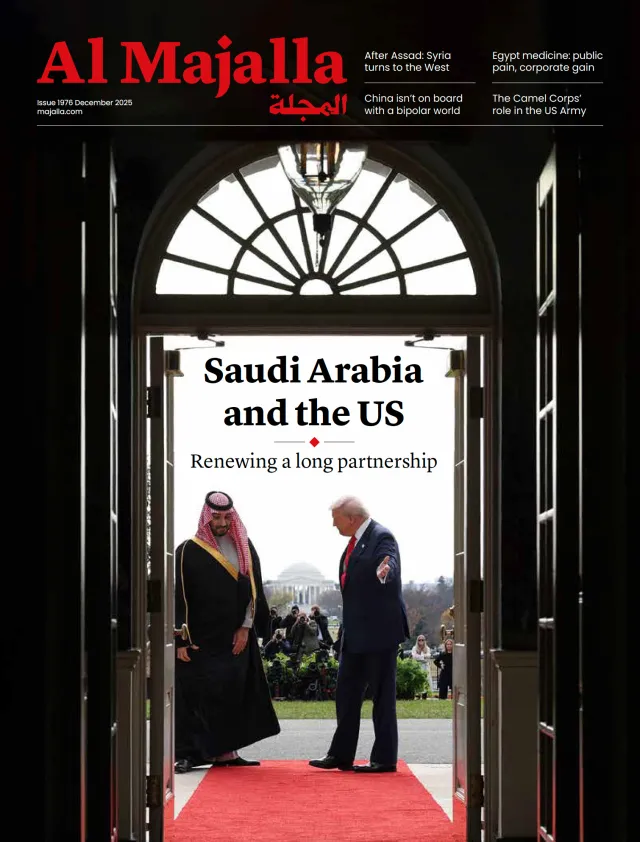Four years after the fall of Kabul, the Taliban’s grip on power remains stronger than it has ever been. It controls virtually all the territory against a fledgling but determined resistance led by Ahmad Massoud’s National Resistance Front.
China and countries in Central Asia are increasing their economic engagement and investment throughout Afghanistan. Regional countries have all accepted the Taliban’s ambassadors, but only one country officially recognises the Taliban as Afghanistan’s legitimate government: Russia.
For all of the Taliban’s bravado, the group remains desperate for recognition from the United States and an embassy in Washington. To move toward this objective, it could learn much from Syria’s President Ahmed al-Sharaa.
After eight months in power as the country’s transitional president, he has achieved unprecedented diplomatic gains and recognition from global powers. Al-Sharaa’s breakthrough on the world stage—where he has been feted in Arab and Western capitals alike—has come despite continued security problems in parts of Syria, including deadly sectarian violence. It has also defied the clear similarities between his militia, Hayat Tahrir al-Sham, and the Taliban, with HTS in part being inspired by the group now ruling in Kabul.
Al-Sharaa has been quick to play down the link, but his group was clearly inspired by the Taliban and the rulers of Afghanistan. In Idlib, HTS’s Syrian heartlands, there were widespread celebrations when the Taliban returned to power in August 2021. Similar scenes occurred in Kabul when HTS took control of the Damascus area.




